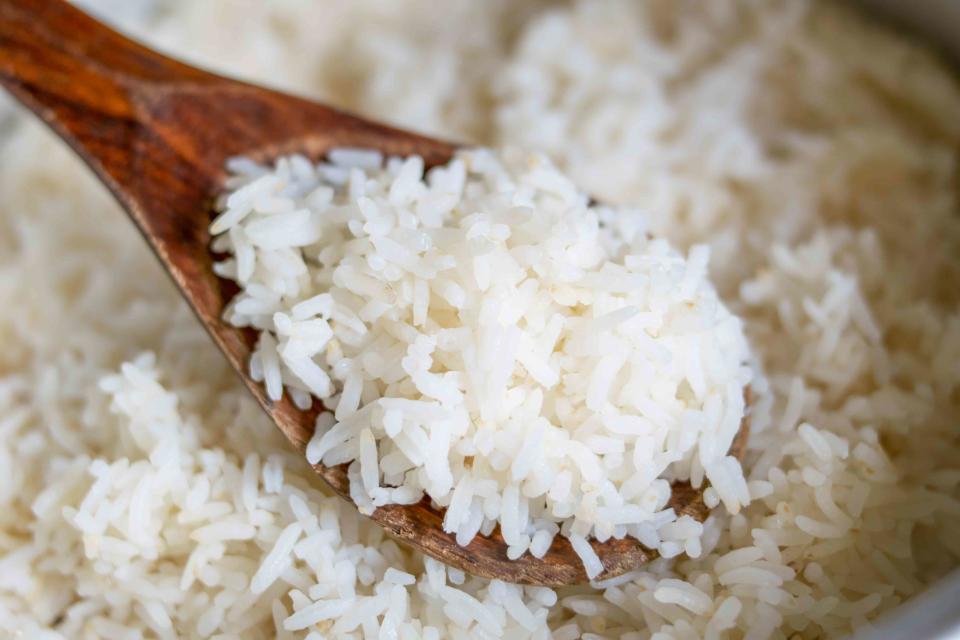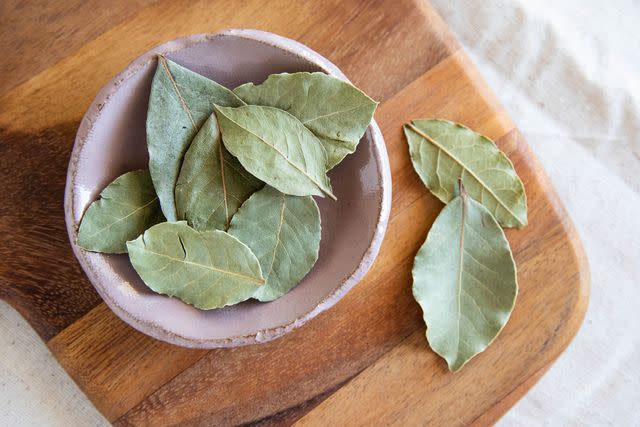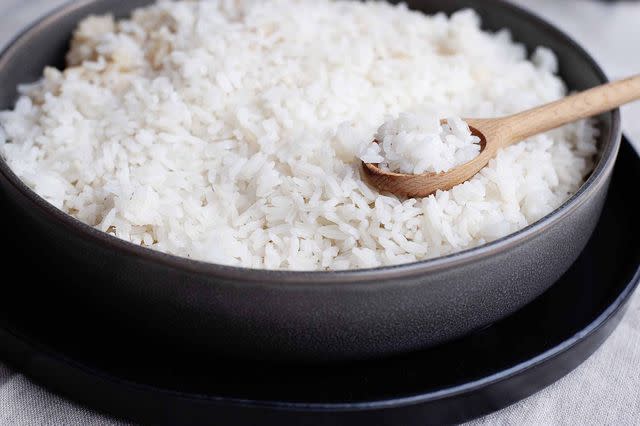The 1-Ingredient Rice Upgrade I Use Every Week (It's Already in Your Pantry)
It's not salt.

Simply Recipes / Adobe Stock
Oh rice, how do I love thee? Let me count the ways! Dressed up or dressed down, long grain or short grain, as a side or as the star of the dinner table—any which way, rice is just about the best friend a cook can have.
I make rice at least once a week for one reason or another, and there’s an ingredient I almost always add to the pot: a bay leaf.
What Can Bay Leaves Do for Rice?
When it comes to bay leaves, I find that people tend to fall into one of two camps: either you think they’re an essential flavor base for everything from soup to curries, or you think they’re a tasteless myth perpetuated by a secret cabal of classically trained chefs and bay leaf growers.
I’m not here to argue, but I can absolutely say that a single bay leaf added to a pot of rice as it cooks will infuse every grain with a subtle, almost pine-like fragrance and a delicate, herbal flavor that can’t be beat. Every time I do this, I feel like a master chef.
You might be worried that this bay-scented rice will clash with your main dish, but fear not. I’ve been doing this for years, and I find that rice cooked with bay leaves is always a complement to what’s on the table, from baked salmon to veggie stir-fries.
This, after all, is the purpose of bay leaves in cooking: they add a quiet undertone that is meant to enhance—never overshadow—the other flavors in the dish, the way a supporting actor helps establish a scene in which the main actor will shine. Once you dig into your dinner, you might not even notice the bay leaf flavor.

Simply Recipes / Lori Rice
How To Add Bay Leaves to Rice
I most often use the stove-top method for cooking rice, though you could do this with a rice cooker or your favorite rice-cooking method. After combining the rice, water, and salt in the pot, I just tuck a single bay leaf into the middle of the rice before popping the lid on. The leaf tends to stay toward the top of the rice during cooking, so it’s easy to pluck it out just before fluffing and serving.
By the way, I’ve found that this is a great way to either use up a jar of bay leaves before they lose their potency or to use up bay leaves that are a little past their prime. Even those older, brittle bay leaves still have enough oomph to season a pot of rice.
Read More: How to Freeze and Reheat Rice

Simply Recipes / Alison Bickel
How To Cook Rice
Read the original article on Simply Recipes.


